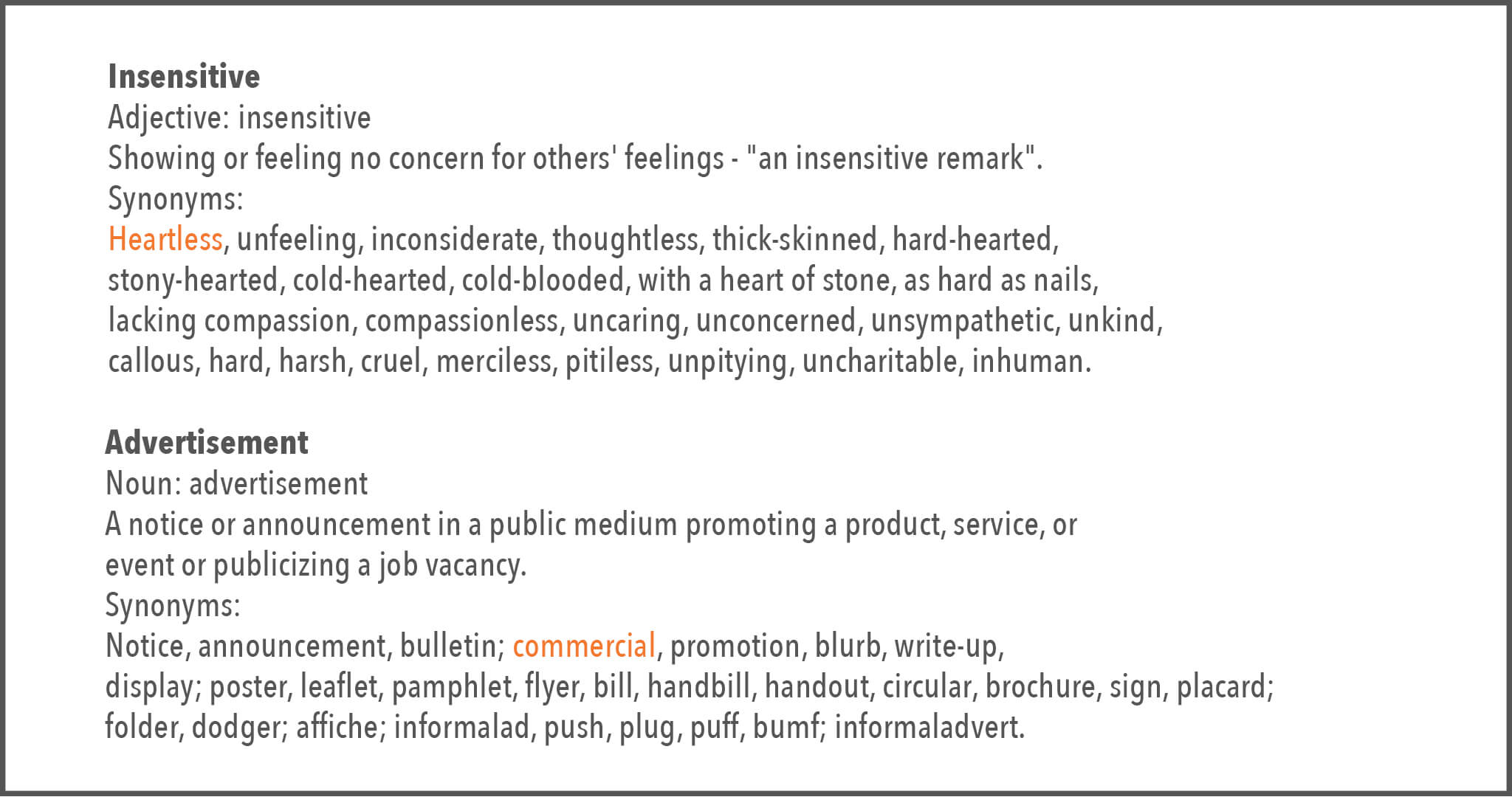How to tell a story in 30 seconds
July 7, 2018
 30 seconds are a landmark in storytelling. Earlier it was only ad films that needed to adhere to the 30-second timeframe. But, now with the explosion of social media videos, there are many formats that require one to know how to tell a story in 30 seconds. Here are some pointers that you can use while creating the 30 second video. It will work for all formats and will work for any marketing or personal approach. This format needs immense discipline and each frame and each second count so one has to make sure that there is clarity in the execution.
30 seconds are a landmark in storytelling. Earlier it was only ad films that needed to adhere to the 30-second timeframe. But, now with the explosion of social media videos, there are many formats that require one to know how to tell a story in 30 seconds. Here are some pointers that you can use while creating the 30 second video. It will work for all formats and will work for any marketing or personal approach. This format needs immense discipline and each frame and each second count so one has to make sure that there is clarity in the execution.Concept/Message
Whether it is a brand story or a personal story every 30-second video has to start with an idea, concept or message. If you are working on a brand film, research the product/brand and figure out the spine of your idea – what is the big message that you want out? How is it that you want the audience to perceive the brand? What is the concept that you want to put across?
Characters
Storytelling works when you connect emotionally with the audience. The characters you choose have to be identifiable and real if you want to emotionally connect. So, while conceptualizing delve deep into the characters – know their story. Where they are from, how they have been shaped by the world around and know their worldview before you flesh out the story. Remember that the ‘character’ doesn’t necessarily have to be a person – it could be, a place, animal or thing.
Storyline
The storyline is the spine of any narrative. Each story will have a problem and you will have to provide a solution. This conflict and solution are what will drive the storyline forward. So basically, you have the protagonist, then the goal, the obstacles, and the final solution. In other words, here is the space for you to get creative. You only have 30 seconds – develop a story that is clear, succinct and engrossing. Build your brand/product personality with the storyline – it could be quirky or plain and simple.
ESP and USP
Earlier when there was a technological boom, USP or Unique Selling Point was what drove the sales. There were new and unique products introduced in the market. The users were excited ads sales were made. But, now the pace of innovation has slowed so unless your product is really unique, it the ESP or the Emotional Selling Point that you should focus on. ESP can be any emotion not only sadness – joy, guilt, anger, fear, thrill are all emotions that you can delve into. People lean towards stories that they identify with. The way to the head is through the heart!
Keep it Simple
Once you zero in on the message, the character and the storyline re-look at the draft and cut down all the excess. Do not clutter. If you can communicate in visuals then do not use sound as well. Furthermore, there is an information overload at the moment and you need to capture the short attention span of the distracted viewer.
You have limited time, so keep it straightforward and engaging. Make each second count.
Photo by Harry Sandhu on Unsplash


